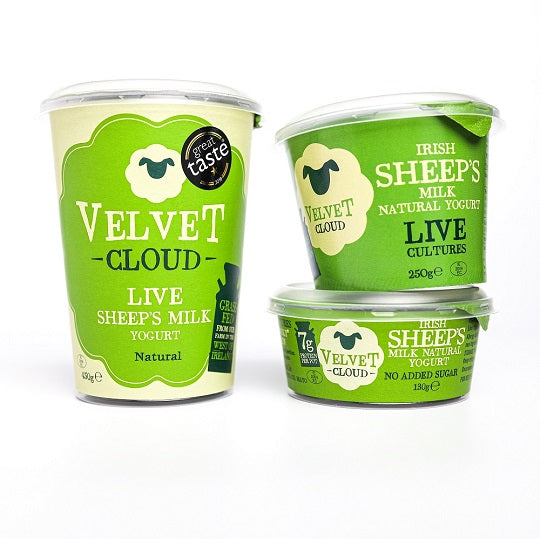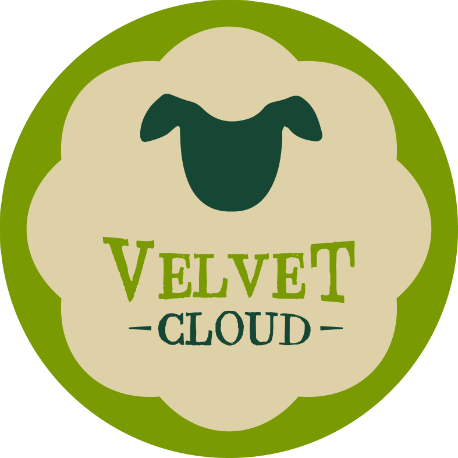The Science Behind The Benefits Of Sheep's Milk
Because we are asked so often, why is sheep’s milk good for you? Or what are the benefits of sheep’s milk? Or the more direct of people ask what’s so good about sheep’s milk? We thought it might be useful to summary here to some of the more recent scientific studies which look at the benefits of sheep’s milk and of sheep yogurts. Because these are all from published scientific sources, they can be heavy on the scientific lingo, but we have summarised the gist of each, giving you a link to the research papers so you can explore them further and find out more about the benefits of sheep’s milk and sheep’s milk yogurt if you wish.
Note Ovine = sheep
The Effect Of Ovine Milk Fermentation On The Antithrombotic Properties Of Polar Lipids – March 2019
Recent research indicates that dairy products may be neutral or even beneficial for cardiovascular health. Further evidence indicates that fermented dairy products may be more beneficial for health than non-fermentable dairy products especially against a number of cardiometabolic risk factors such as, hypertension, cholesterol levels and impaired glucose intolerance. Yogurt consumption is associated with numerous health benefits, including preventing type II diabetes mellitus, obesity metabolic syndrome and CVD. Bovine milk accounts for 85% of total milk consumption, however ovine milk alternatives provide a superior nutritional alternative. Ovine milk owes its nutritional superiority , due to the higher levels of protein, lipids and minerals and vitamins essential to human health The most predominant fatty acid in ewes milk are oleic acid (18:1) palmitic acid (16:1) and myristic acid (14:0). Diets high in oleic acid decrease low density lipo (LDL) protein cholesterol levels, whereas high density lipo protein HDL cholesterol levels are not significantly affected. Ovine dairy products also possess potent antithrombotic properties that are indicated in several physiological processes and are beneficial for health.
https://www.sciencedirect.com/science/article/abs/pii/S1756464619300295
The Health Benefits Of Lactic Acid Bacteria – LAB Fermentates April 2020
Consuming fermented foods has been reported to result in improvements in a range of health parameters. These positive effects can be exerted by a combination of the live microorganisms that the fermented foods contain, as well as the bioactive components released into the foods as by-products of the fermentation process. In many instances, and particularly in dairy fermented foods, the microorganisms involved in the fermentation process belong to the lactic acid group of bacteria (LAB).
https://www.mdpi.com/2072-6643/12/6/1679
Sheep’s milk yogurt is a fermented dairy product. Note: Velvet Cloud yogurt contains LIVE Lactic Acid Bacteria

Sheep Milk More Easily Digested Than Cows Milk
Sheep milk’s protein is more readily digested and its fats are more readily converted into energy compared to cow milk, a New Zealand study has shown. The milk’s unique composition could make it a good option for the very young and the elderly, sports nutrition, and people who are looking for alternatives to cow’s milk, researchers say.
Scientists from the University of Auckland-based Liggins Institute and the Crown Research Institute AgResearch ran the clinical trial.
https://www.auckland.ac.nz/en/news/2019/12/18/sheep-milk-more-easily-digested-than-cow-milk-.html
Sheep Milk: Physicochemical Characteristics and Relevance For Functional Food Development – January 2017
Sheep milk has a high nutritional value and high concentrations of proteins, fats, minerals, and vitamins, as compared to the milks of other domestic species. The physicochemical and nutritional characteristics of sheep milk can be advantageous for the manufacture of products containing prebiotic ingredients and/or probiotic bacteria, which are major categories in the functional food market. January 2017
https://onlinelibrary.wiley.com/doi/full/10.1111/1541-4337.12250




